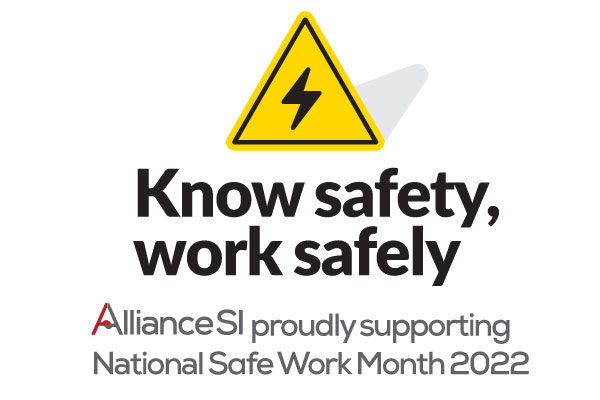Safety is a priority for our team, and front of mind in everything we do. National Safe Work Month is a great time to remember our commitment to building a safe and health workplace. A safe and healthy workplace benefits everyone.
Injuries at work
Everyone has the right to be safe at work. This week focuses on common health and safety risks and how to control these risks to keep workers safe – whether it is from slips, trips and falls, lifting, pushing and pulling (manual tasks), or moving objects.
Mental Health
Mental (psychological) health, just like physical health, is an important part of work health and safety. Work-related psychological injuries (mental illness) have a significant impact on workers, their families and business. These injuries may result in longer time away from work and cost more than other injuries. During this week, which also incorporates World Mental Health Day, we include information on how to identify psychosocial hazards and manage psychosocial risk, highlighting practical steps to control some common hazards.

Managing WHS risks and preventing harm
Managing WHS risks involves thinking about what could happen if someone is exposed to a hazard and how likely it is to happen. You should always aim to eliminate risks. If you can’t, you must minimise risks. During this week, we look at ways to manage WHS risks and prevent injuries and disease, including how and when to consult with workers on health and safety.
Safe, healthy, and productive work for all
Australia is a world leader in WHS. Unfortunately, workers and others continue to be injured at and by work, sometimes fatally. To make further gains, we need to ensure that WHS is core to how we do business in Australia. This week we look at the future of work, changing patterns and ways of working including the rise of automation, changes to work organisation and the emergence of new forms of work that will create both opportunities and complexities for Australia’s WHS system.

